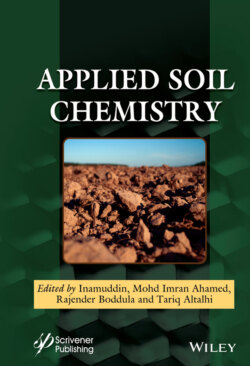Читать книгу Applied Soil Chemistry - Группа авторов - Страница 33
1.3.5 Induced Changes in Vegetation and Land Conditions
ОглавлениеMost attempts to change the vegetation type on a land area, particularly from forests or natural undisturbed grasslands to croplands [43], lead to a reduction in soil carbon density. Land-use alteration from one type to another invariably involves soil disturbance that leads to more CO2 lost from the soil to the atmosphere. Eventually, the modifications induced to vegetation type at the land surface will establish a new carbon equilibrium within the underlying soil. Of course, converting cropland to permanent grassland or woodland does ultimately lead to an increase in the carbon content of the underlying soils. In Europe, it is estimated that poorly managed and damaged cropland and gazing land with improved land management practices applied could offer additional carbon sequestration potential of between 0.1 and 0.6 t C ha−1 [14]. Based on the areal extent of such poorly managed land, the incremental soil carbon sequestration potential in Europe is estimated at between about 60 and 175 Tg C a−1.
